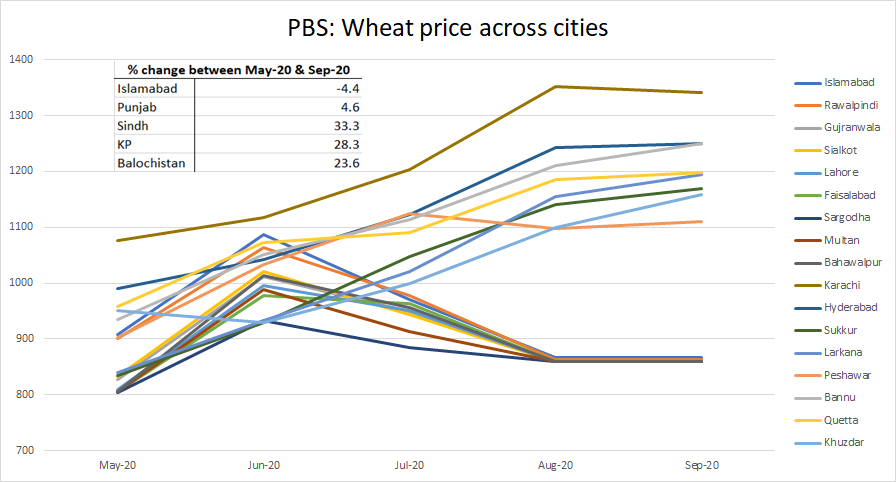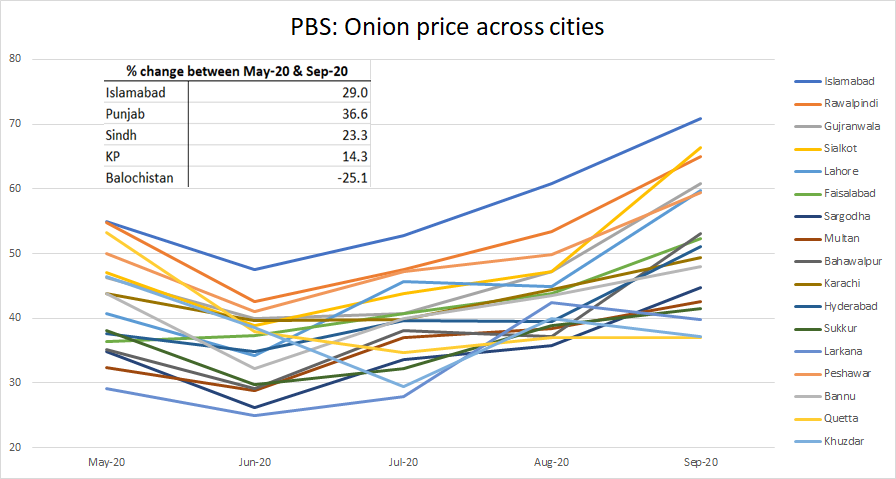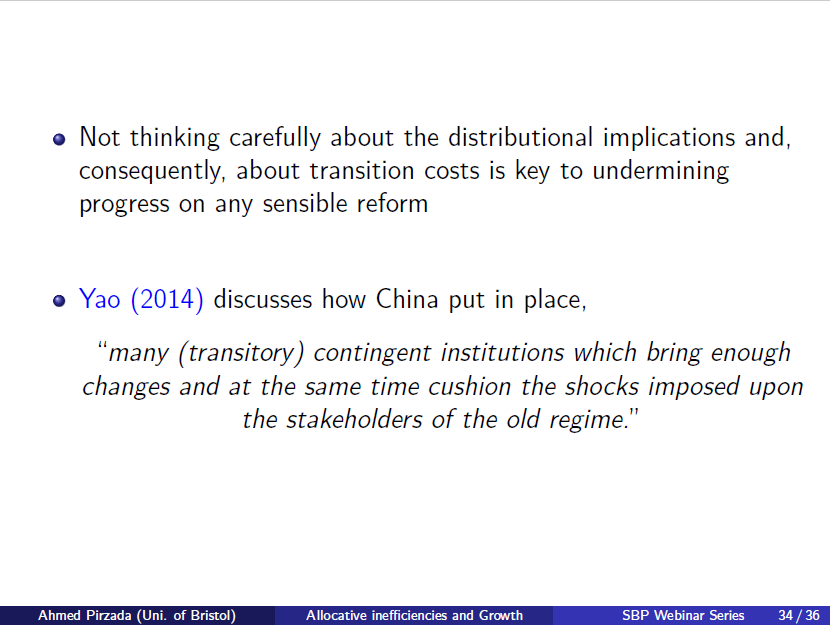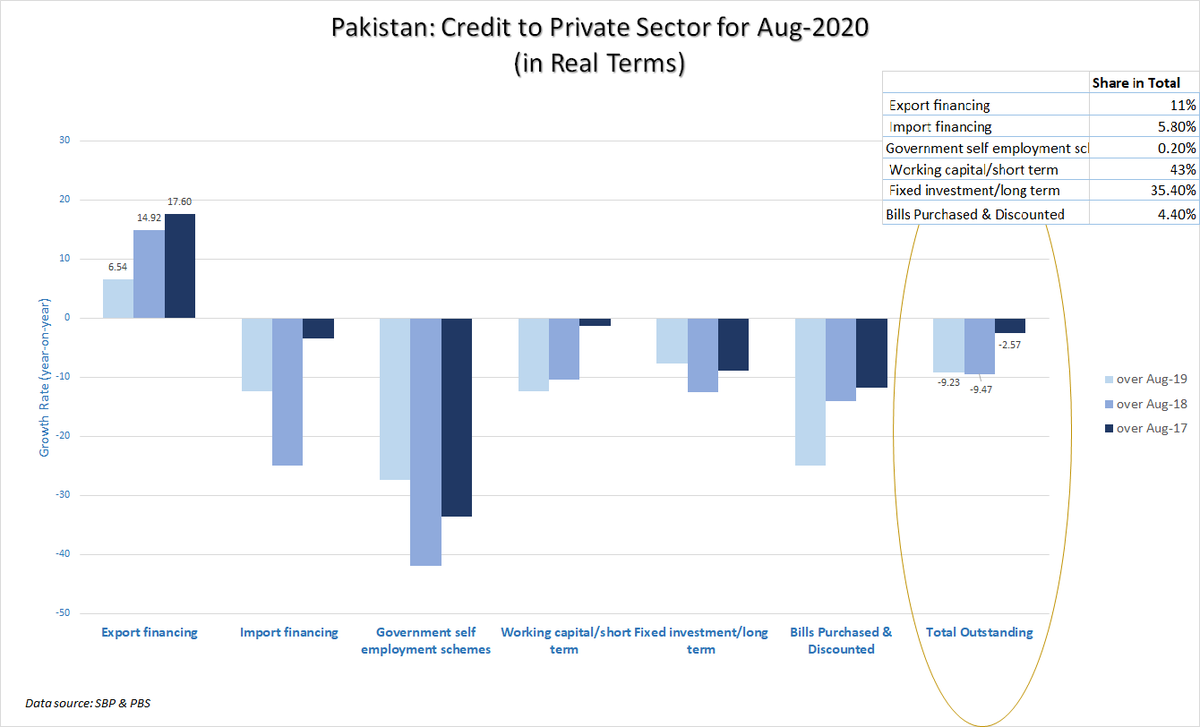
(1/n: on #NationalDialogue) There has (or had) been 13yrs of continuity in Sindh, 10yrs in Punjab (former govt) & 8yrs in KP. Do we really need such a dialogue for prov. govts to start implementing wat is already part of their manifestos: local govts, police, health, edu reforms?
(2/n) How does a national dialogue improve an average persons life? Are we to imply that the provincial govts (some ruling for more than a decade) will deliver on the above only after the judiciary, military & all the other groups first agree to some power sharing in the centre?
(3/n) Y do we think tht somehow a power sharing agreement in centre will incentive provincial govts to start using available resources in interest of their ppl? Especially wen, following 18th amendment, resources & decision making powers have already been devolved in most cases.
(4/n) There is a clear gap in how a power sharing agreement between elites will translate into improved public service delivery for masses. If devolution of power & decade-long continuity in prov. govts has done little to improve governance, then the problem lies elsewhere.
(5/n) In my own view, rather than thinking about how best elites can sort out their differences, we have a much better chance of improving average person's life if we start questioning the elites for watever the heck they hav been up to in provinces over many years of their rule.
(6/n) Or else, someone needs to explain to the rest of us how a new power sharing formulae in centre will incentivise provincial elites to suddenly start appointing people on merit, devolve powers to local govts, implement institutional reforms in police, health, education etc.
(n/n) Unless someone can show this, a #NationalDialogue is simply elites trying to work out their problems for their own sake. A resolution of their conflicting interests does not guarantee an improvement in lives of masses.
P.S. If all of the above is too abstract, here is another way to think about it: You can give subsidies and tax breaks to every interest group out there to keep them happy, but that is only going to screw up the country even more!
• • •
Missing some Tweet in this thread? You can try to
force a refresh












